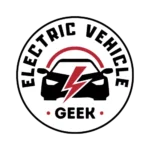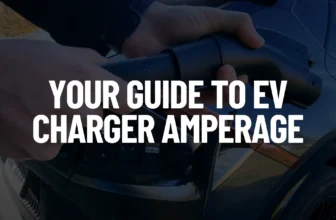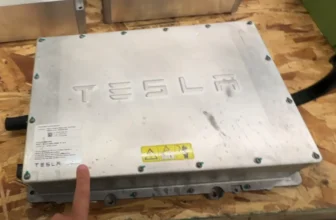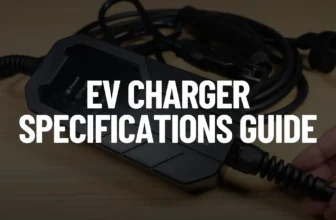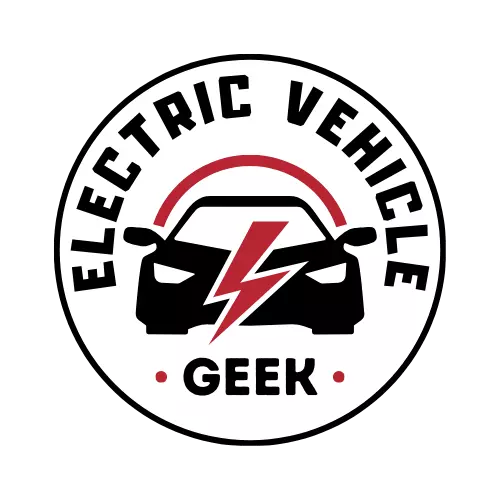The 80/20 EV charging rule recommends maintaining your electric vehicle battery state of charge (SoC) between the lower SoC buffer of 20% to prevent the battery cells from being over-discharged, and the upper SoC buffer of 80% to prevent the battery cells from being overcharged maximizing your electric vehicle battery lifespan.
Table of Contents
Understanding the 80/20 EV Charging Limits
To understand the 80/20 EV charging limits, it is important to first learn about EV charging battery curves, and also EV battery discharging curves.
Charging Curve of EV Battery
We connected the Jeep Avanger to an electric vehicle home charger, and the battery took high charging power averaging 74.9 kW until it reached 70% and 80% SoC within 32 minutes, from that point the Jeep started to trickle charging with a reducing charging current starting at 57kW while at 80% SoC and fully charged the battery at 100% while charging at 20kW a process that took 21 minutes while balancing the battery cells at the same time as shown in the Jeep Avenger charging curve below:
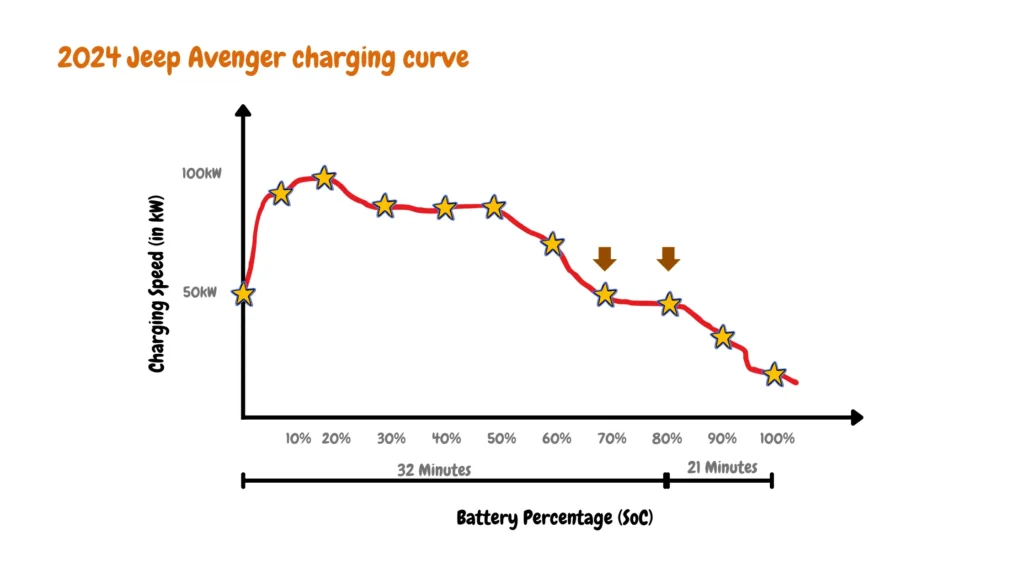
The Jeep Avenger uses a 54 kWh lithium-ion battery made of Lithium Nickel Manganese Cobalt (NMC) that doesn’t like being held at high voltages for long periods because the process will accelerate the degradation of the battery, and this is why the 80% charging limit applies.
Why Is Your Electric Vehicle Not Charging Beyond 90%?
The reason why your electric vehicle is not charging beyond 90% might be because some charging stations cut off at 90% state of charge so that they can free up the charger for someone else who needs fast charging speeds since the electric vehicle battery at 90% will only trickle charge as a normal home charger would do thus cutting off charging at 90% will free up the fast charger to other EV owners in a hurry and need of fast charging services.
Should I Charge My EV to 100 Every Night?
Its never a good idea to charge your electric vehicle to 100 SoC every night unless there i a need to, charging an electric vehicle to 100% every night especially those with Lithium-ion batteries will expose the battery to prolonged high voltages that would accelerate the battery degradation due to electrolyte degradation and capacity loss.
Modern electric vehicles monitor and manage EV charging using lower and upper SoC buffers that keep the battery cells buffer capacity in reserve and never use upper and lower buffers to prevent your electric vehicle battery from being overcharged, and over-discharged.
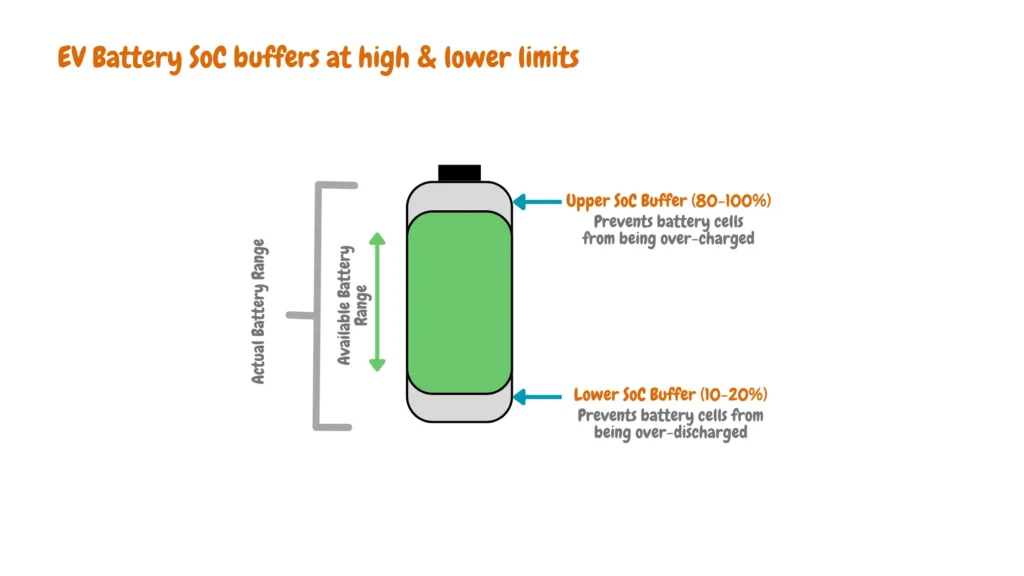
Some electric vehicles offer companion mobile applications that display the remaining battery charge and alert the user when the battery is approaching the charging and discharging limits allowing you to monitor and manage the SoH of your electric vehicle battery. Premium EV models, such as Tesla’s lineup, provide the added functionality of adjustable charging limits. This feature enables users to set EV charging and discharging limits within the optimal range, typically between 20% and 80%, promoting battery health and longevity.
Discharging Curve of EV Battery
Frequently allowing an electric car battery to drop below 20% can harm its longevity due to increased stress, deep discharge risk, and impacts on battery chemistry leading to accelerated degrade of your electric vehicle battery over time.
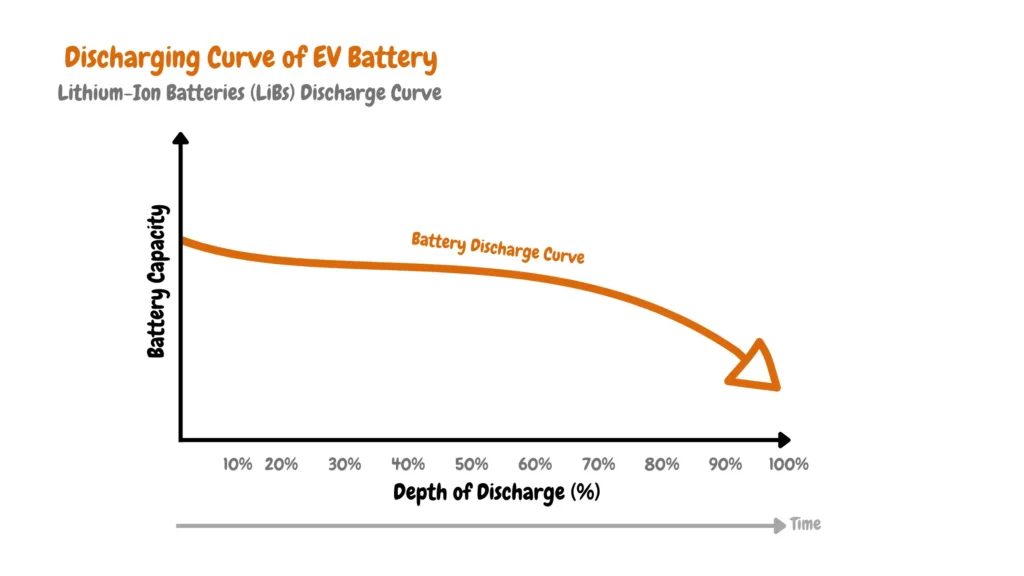
If the battery level is below 20%, it’s crucial to minimize further discharge. Consider plugging in your electric vehicle for charging immediately (not at full charging power, though). Once you connect the charger, the EV’s battery management system will gradually increase the charging current in a manner that’s safe for the battery.
Summary
Sticking to the 20-80% EV charging rule extends battery life and performance. Rapid chargers often stop at 90-95% to free up chargers in fast-changing public stations. While charging to 100% theoretically affects battery life, modern EVs use management systems to mitigate this. Operators stopping at 90% should be praised. Adhering to such guidelines ensures efficient use of available rapid chargers as infrastructure expands.

James Ndungu is a certified EV charger installer with over five years of experience in EVSE selection, permitting, and installation. He holds advanced credentials, including certification from the Electric Vehicle Infrastructure Training Program (EVITP) and specialized training in EV charging equipment and installation, as well as diplomas in EV Technology and Engineering Fundamentals of EVs. Since 2021, James has tested dozens of EV chargers and accessories, sharing expert insights into the latest EV charging technologies.
